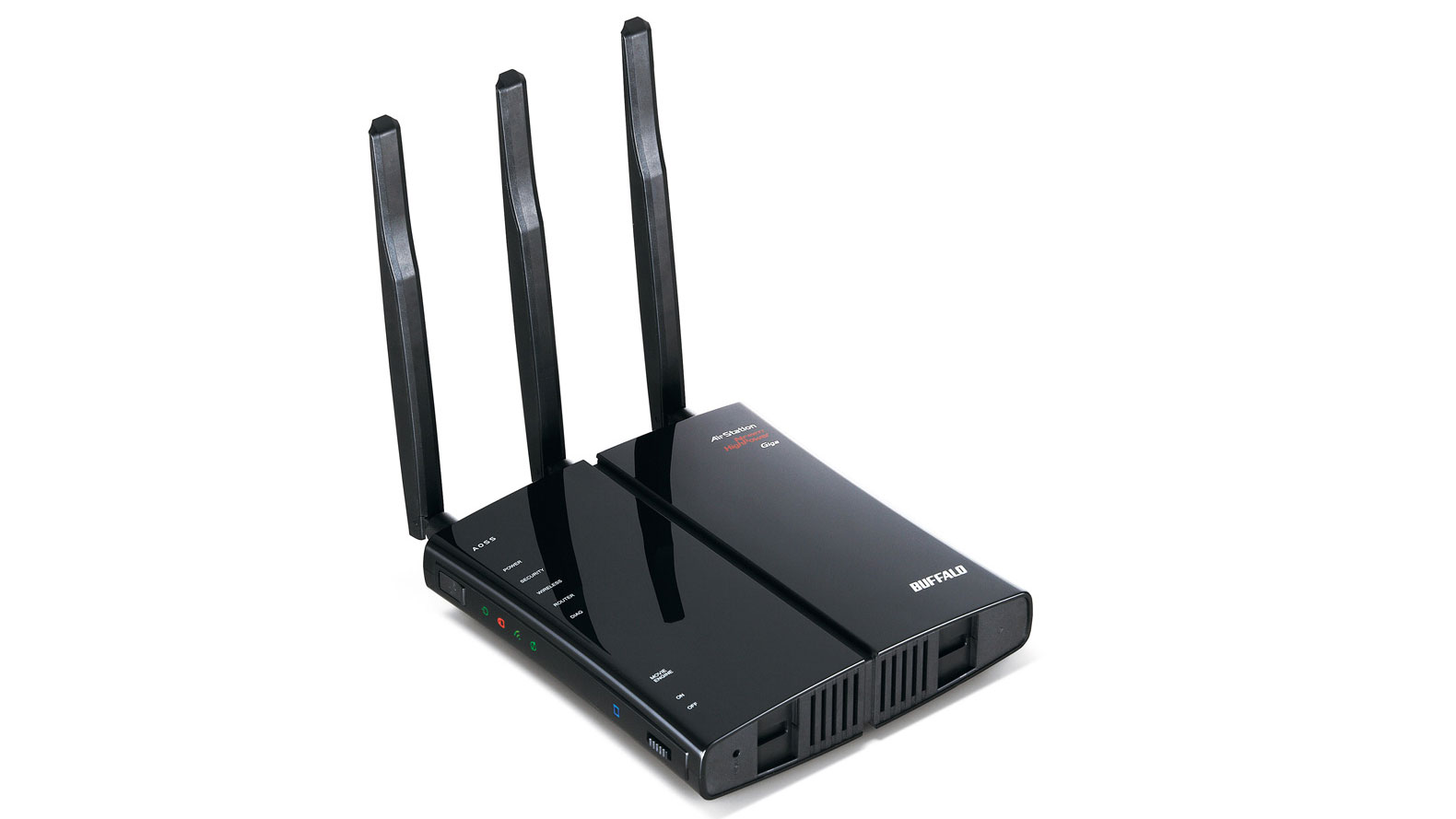Why your business needs Unified Communications
A beginner's guide to Unified Communications

A lot of businesses and home-workers will be familiar with the concept of IP-telephony, because of applications like Skype, which facilitate low-cost, or free voice calls through the Internet. Unified Communications (UC) takes this model and expands it to incorporate other types of communication as well.
The business benefits of Unified Communications
The big idea behind UC is unification. By combining telephony and business data on the same network, it gives firms the ability to combine and use voice, data (and video) information in their common business applications, saving and forwarding whole instant message streams, faxes, e-mails, voice phone calls or videoconferencing sessions as chunks of data.
And being data, UC software can encrypt, in other words scramble, the information that is being sent across the network, so it can't be intercepted and read by the wrong person. This is particularly useful for sensitive information, whether it's being held in a fax, video conferencing session, or phone conversation.
But the unification concept doesn't stop there. It also means that the employee can use a single phone number or handset and a unified inbox for all their communications, making life simpler.
UC differs from standard telecoms systems because it uses server-based technologies, and digital IP (Internet Protocol) networks (the same type of network that routes Internet traffic).
And unlike analogue telephone systems, it sends voice information over the network as digital packets, much the same way as an e-mail.
Advanced telephony
UC is designed to help employees carry out their work more efficiently and in a timelier manner, whilst being free to work from anywhere. To start with, it offers advanced telephony functions. These include short-number dialling, which eliminates the use of area codes, and is particularly helpful with businesses that are located across geographical areas.
Are you a pro? Subscribe to our newsletter
Sign up to the TechRadar Pro newsletter to get all the top news, opinion, features and guidance your business needs to succeed!
UC also offers advanced call forwarding to different types of devices, and hunt groups, where incoming calls can search for an idle extension in a department. UC can also offer multiple device rings where the desk phone, desktop, and mobile can ring simultaneously, regardless of their location. The aim of this is to help the caller get through to the right person at the right time. Phone users can also benefit from having a single number for all of their phone devices; and companies can keep the same geographic number across properties and mobile phones.
For someone using UC, they can start a phone call from their desk phone, and continue the call seamlessly on the mobile as they walk away from the desk and out of the office. So, in terms of continuing the business phone call and completing the task in hand, it means that you don't need to tell the person you'll call them back later.
A single voicemail with a unified voicemail box is another feature of UC, and this works for multiple communication devices, such as a desk phone, home phone, mobile phone, or VoIP (Voice over IP) phone, connected to a computer.
Cheaper calls and simplified billing
Being based on a digital network, UC can also offer cheaper calls than traditional telephony. With voice and video being carried as data over the public network, there is scope for businesses to lower their phone bills by using a unified system.
Another attraction for businesses is that UC systems can simplify billing and systems administration, and potentially lower the overall costs of conferencing by combining disparate services through one vendor. UC can also give the business predictable bills, so they know what their monthly spend will be.
Presence and knowing when you can take a call
UC also brings Presence technology, which allows colleagues and business associates to quickly see the availability of, and best way to contact an individual.
Like the status indicator used in social networking applications, Presence can indicate whether the recipient is available on their mobile, home phone, desk phone, and so on; and whether they are in a meeting, working from home, or driving between meetings.